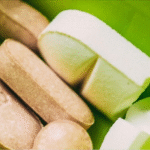
Pharmaceutical Industry 2025: Drug Launches & Manufacturing Insights

How Long Does It Take Pills to Dissolve? | GrandPack
Need Half a Dose? How to Professionally Divide a Capsule
Introduction
Ever found yourself with a prescription that calls for a half-dose, but all you have are full capsules? It's a common dilemma, and while pills can often be split with a handy pill cutter, capsules present a different challenge. You can't just slice them down the middle! But don't despair – with a little know-how, you can accurately divide a capsule and get the right dosage without wasting your medication.
Before we dive in, a critical disclaimer: Always consult with your doctor or pharmacist before altering any medication dosage or form. Not all capsules are designed to be opened, and some medications can lose their effectiveness or even become harmful if not taken as prescribed. This guide is for informational purposes only and should not replace professional medical advice.
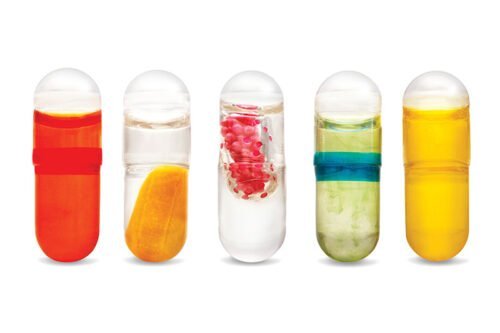
Why Would You Need to Divide a Capsule?
There are several reasons why you might need to divide a capsule:
- Tapering off medication: Your doctor might instruct you to gradually reduce your dosage.
- Sensitivity to full doses: Some individuals are more sensitive to certain medications and require a lower starting dose.
- Pediatric or geriatric dosing: Children and older adults often need smaller, more precise doses.
- Shortage of a specific dosage: Sometimes, only higher-dose capsules are available, and you need to adjust for a lower prescribed amount.
The "Professional" Way to Divide a Capsule
So, how do the pros do it? It's less about fancy tools and more about careful technique and a little bit of patience. The core principle, as hinted at by Grand Pack, involves separating the capsule halves and handling the powdered contents.
Here's a step-by-step guide:
What You'll Need:
- Your capsule(s): The star of the show!
- Two small, clean dishes or pieces of parchment paper: These will be used to collect and measure the powder. Shot glasses or small ramekins can work too.
- A very small, clean spoon or spatula: Think a baby spoon, a miniature measuring spoon, or even a narrow, flat toothpick. This is for dividing the powder.
- A clean, dry surface: A steady hand is key.
- (Optional but highly recommended) A digital kitchen scale with milligram accuracy: For ultimate precision, especially with critical medications.
The Process:
Prepare Your Workspace: Find a well-lit, clean, and dry surface. Lay out your two dishes or pieces of parchment paper. Label them "Half 1" and "Half 2" if that helps you keep track.
Gently Twist and Separate: Hold the capsule firmly between your thumb and forefinger at each end. With gentle but steady pressure, twist the two halves in opposite directions. The capsule should separate, much like unscrewing a tiny bottle. Avoid squeezing too hard, as this can crush the contents.
Empty the Contents: Once the capsule is open, carefully tap the powder from both halves into one of your designated dishes/parchment papers. Be mindful of static electricity, which can make the powder cling. You might need to gently tap the capsule halves to ensure all the powder is out.
Divide the Powder (The Tricky Part):
- Eyeballing (Least Accurate): If absolute precision isn't critical (and only with your doctor's approval!), you can try to visually divide the powder into two roughly equal piles using your small spoon or spatula. This is generally not recommended for most medications due to accuracy concerns.
- Folding Method (Better for Smaller Amounts): For smaller amounts of powder, you can gently fold the parchment paper in half over the powder, then unfold and use the crease as a guide to divide it.
- The "Line" Method: Using your small spoon or spatula, gently push the powder into a narrow, even line. Then, carefully divide the line down the middle.
- WEIGHING (THE BEST METHOD): This is where the digital kitchen scale comes in.
- Place one of your empty dishes on the scale and tare it (zero it out).
- Carefully transfer all the powder from the capsule into this tared dish. Note the total weight.
- Calculate half of that total weight.
- Now, carefully spoon out half of the powder into your second dish until you reach your calculated half-weight.
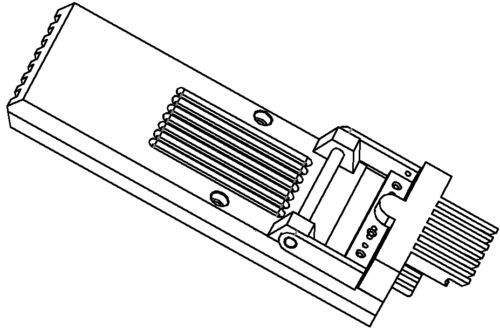
Re-Capsule or Administer:
- If your medication can be recapsulated: You can try to pour one half of the powder back into an empty capsule shell (you can purchase these online) or use one of the original capsule halves if it's large enough. This can be fiddly and might require a small funnel.
- Direct Administration (with caution): For many medications, if approved by your doctor, the powder can be mixed with a small amount of food (like applesauce, yogurt, or a spoonful of pudding) to facilitate swallowing. Always ensure the food vehicle doesn't interfere with the medication's absorption or effectiveness.
- Dispose of the other half: If you only need one half, properly dispose of the remaining powder according to local guidelines or your pharmacist's instructions. Do not save it for later unless explicitly told to do so.

Important Considerations and Warnings:
- Extended-Release/Time-Release Capsules: NEVER open or divide extended-release (ER, XR, SR, LA, etc.) or time-release capsules. These are specifically designed to release medication slowly over time, and opening them can lead to a rapid, potentially dangerous release of the entire dose.
- Enteric-Coated Capsules: Similarly, do not open enteric-coated capsules. These have a special coating to protect the medication from stomach acid, allowing it to dissolve in the intestines. Opening them can destroy this protective layer and render the medication ineffective or cause stomach upset.
- Irritant Medications: Some medications can be irritating to the skin or mucous membranes. Be extra careful when handling these powders, and avoid inhaling them.
- Potent Medications: For very potent or critical medications (e.g., chemotherapy drugs, certain heart medications), always err on the side of caution and consult your pharmacist. Precise dosing is paramount.
- Hygiene: Always work with clean hands and on a clean surface to prevent contamination.
- Storage: If you do recapsule, store the divided dose as instructed by your pharmacist or on the original medication bottle.
Dividing a capsule isn't as straightforward as splitting a pill, but with the right approach, it's certainly doable. Remember, your health is paramount, so always prioritize clear communication with your healthcare provider before making any changes to your medication regimen. Stay safe and informed!

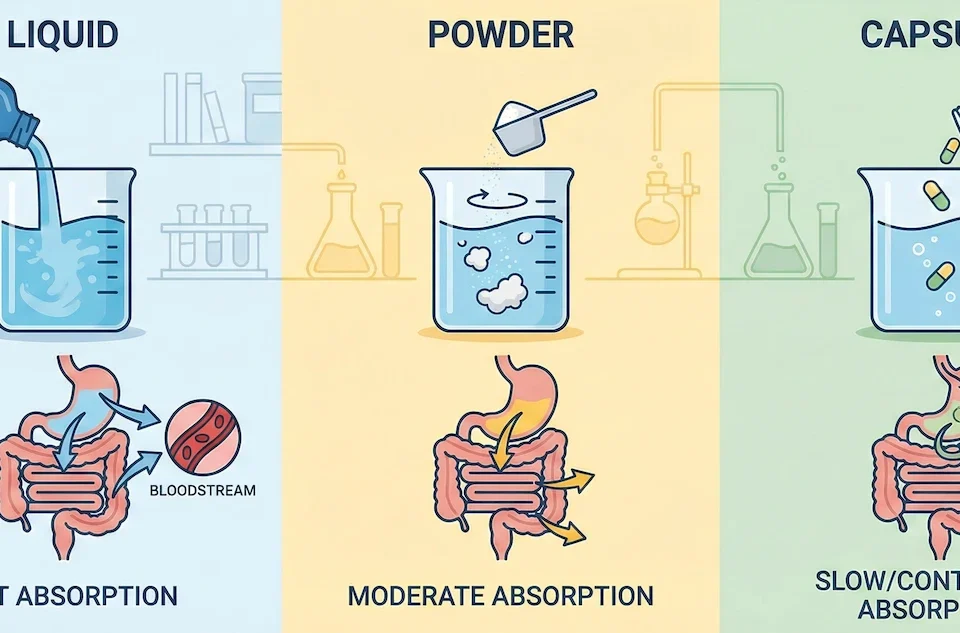
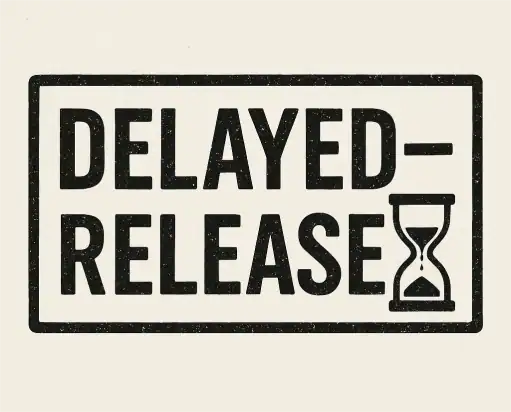
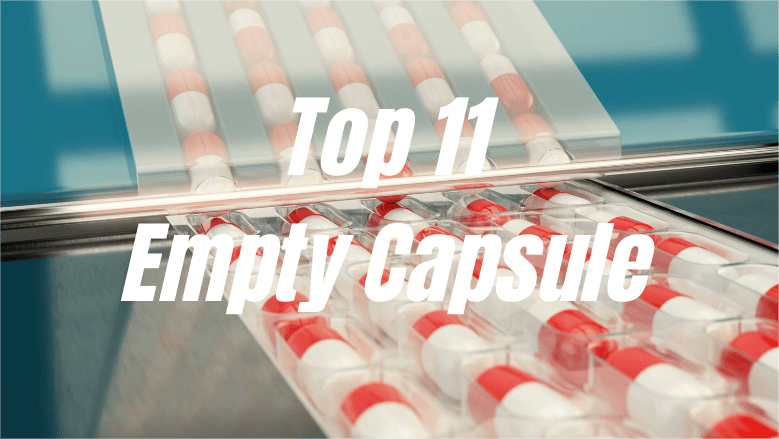

2 Comments
Thank you for this detailed instruction. Could it also work if I open the capsule and dissolve all the powder inside in a large amount of water (e.g., 250 mL)? I can then drink half of it, and drink the final half the next time or throw it away? We don’t have a milligram calibre weighing scale at home. So, I would appreciate it if you could tell me how does my idea compare to the ones you mentioned (eyeballing, folding, line methods)? Thanks.
Thank you for asking this excellent and important follow-up question. Your idea of dissolving the powder in water to split the dose is a very logical approach, and this method is known as “volumetric dosing.”
Let’s compare it to the physical splitting methods (eyeballing, line method):
Theoretical Advantage:
In theory, your method has the potential to be far more accurate than physically dividing the powder. Measuring a liquid volume (like 125 mL from 250 mL) is much more precise than visually estimating half of a small powder pile, provided one critical condition is met: the powder must dissolve completely and remain uniformly mixed in the water.
However, in a home setting, there are several significant practical risks that can make this method unreliable and potentially unsafe:
Solubility Issues : Many capsules contain not just the active drug but also “fillers” or “binders” (like starches or cellulose). These substances, and sometimes the drug itself, may not dissolve in water at all. They might just float or sink, creating a non-uniform suspension.
Lack of Uniformity : If the powder doesn’t dissolve but forms a suspension, it will start to settle at the bottom. Even with vigorous shaking, it’s extremely difficult to ensure that the 125 mL you drink contains exactly half of the active ingredient. This could lead to a significant under-dose or over-dose.
Drug Stability: This is the most critical risk. Many medications are not stable in water and can begin to degrade or change their chemical structure once dissolved (a process called hydrolysis). This could make the drug less effective or, in rare cases, even harmful. The stability of a drug in a solution is something only a pharmacist can confirm.
Storage & Contamination : Saving the second half of the solution for the next day is not recommended. The mixture (especially with sugary fillers) can become a breeding ground for bacteria. Furthermore, the drug’s chemical degradation will continue over time.
Conclusion & Strongest Recommendation:
While your idea is theoretically sound, the practical risks associated with solubility, uniformity, and chemical stability are very high. Therefore, this method could be less reliable and potentially more dangerous than the physical methods unless explicitly approved by a healthcare professional.
When it comes to medication, safety must always be the number one priority.
The absolute best course of action is to contact your doctor or pharmacist. They are the experts who can give you the safest solution. You can ask them:
“Is it safe to open this specific capsule?”
“Is the powder inside stable and soluble in water?”
Most importantly: “Could you prepare a liquid version of this medication for me at the correct dose?”
Many pharmacies offer a service called “compounding,” where they can professionally and safely prepare custom-dosed liquid suspensions. This is the gold standard for accuracy and safety when a specific dose isn’t commercially available.